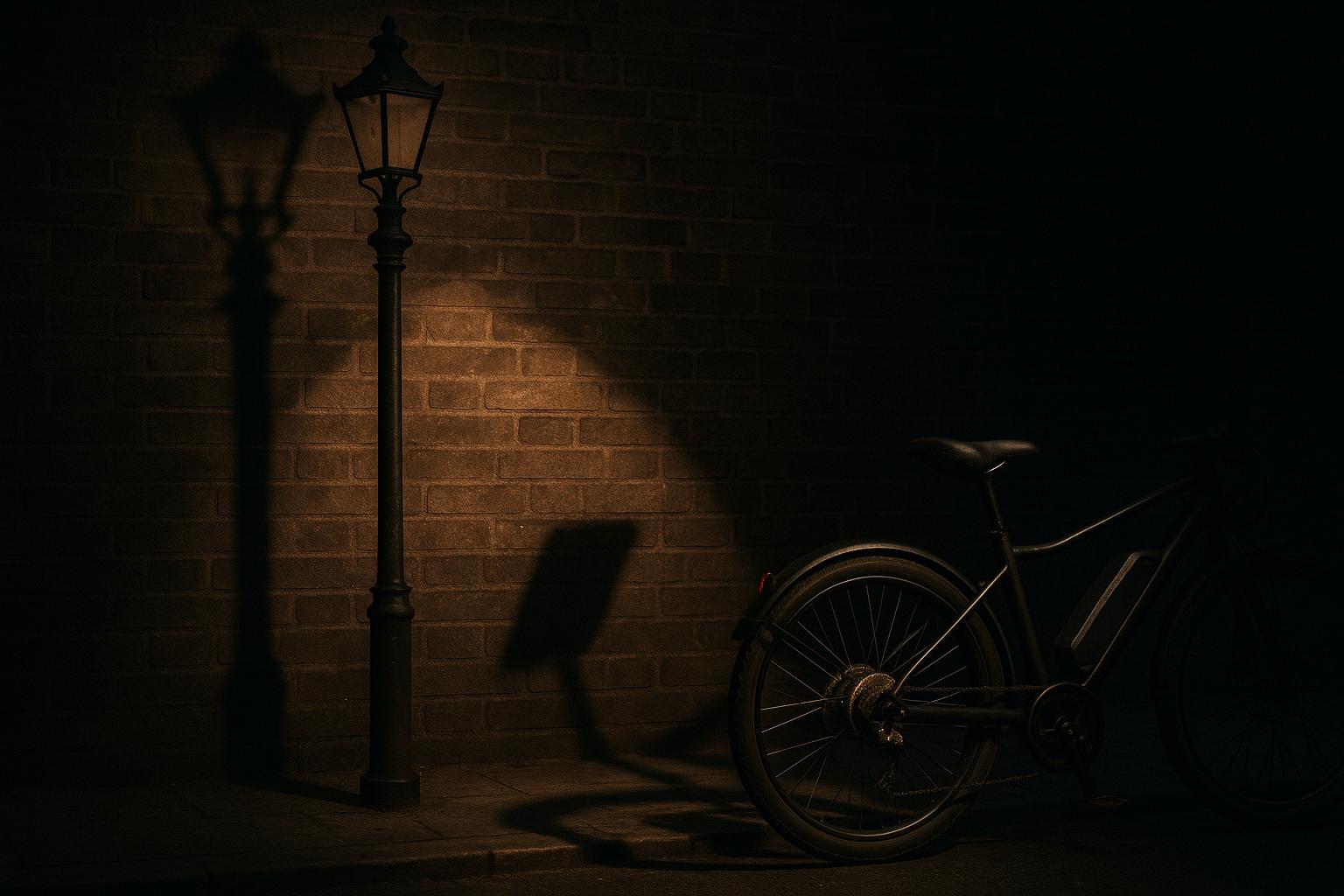A brazen mobile phone theft on Oxford Street, London’s busiest shopping street, has spotlighted a growing crisis across the capital. In a video widely circulated, a thief riding an electric bike is seen speeding towards an unsuspecting pedestrian engrossed in his phone, snatching the device from his hand before swiftly disappearing amidst the crowd. The victim gave chase on foot, but the thief evaded capture. This incident encapsulates a wider surge in smartphone thefts, particularly in London’s West End, where such crimes have reached an alarming record high.
Recent data from the Metropolitan Police reveals London has endured nearly 231,000 mobile phone thefts and robberies over the past four years—a staggering threefold increase. The West End, a magnet for tourists blending luxury retail streets and iconic landmarks, has emerged as the epicentre of these offences. Oxford Street alone registered 6,539 phone theft reports last year, averaging almost 18 per day. Nearby Regent Street accounted for 2,002 thefts, with Shaftesbury Avenue and Charing Cross Road also suffering from high incident rates. These hotspots are frequented by organised gangs who often use electric bikes to snatch phones directly from pedestrians or pickpocket in crowded areas.
This criminal activity is particularly concentrated around locations such as St James’s Park, Piccadilly, Haymarket, Pall Mall, and Clarence House, where exclusive members’ clubs and historic buildings stand alongside heavy tourist footfall. Other areas affected include Bloomsbury, Holborn, Covent Garden, Shoreditch, Borough, London Bridge, Waterloo, South Bank, Camden Town, Regent’s Park, and Stratford. The problem extends beyond the central zones; since 2022, over 200 London suburbs have seen rising theft rates, affecting more than a third of the city.
Police apprehend that the reported figures may be underestimates, given many thefts go unreported. The Metropolitan Police’s 2023 statistics disclosed 81,256 mobile phone thefts across the capital, marking a 20 percent increase year-on-year and signifying the highest number on record. Despite the frequency of incidents—translating to roughly 13 thefts per hour or 320 per day—only a small fraction of suspects face charges, with just 169 arrests in the previous year.
The rise in phone thefts is linked to a lucrative international black market where stolen devices are sold or dismantled for parts. This illicit industry is estimated to be worth over £50 million annually. The phones are often shipped abroad, primarily to countries including Algeria, mainland China, and Hong Kong, where demand is particularly strong. Unlike their European counterparts, Chinese models sometimes restrict internet use, making unlocked European phones highly sought after in these markets.
In an ambitious crackdown, Scotland Yard recently dismantled a criminal gang responsible for exporting nearly half of the stolen phones circulating in the UK. Codenamed Operation Echosteep, the sting involved roughly 300 officers simultaneously raiding 28 homes to apprehend pickpockets and handlers of stolen phones. The operation stemmed from a chance discovery on Christmas Eve at Heathrow Airport, where a stolen phone was traced to a warehouse filled with nearly 900 stolen devices. This led investigators to unravel a complex supply network involving street-level thieves, intermediaries running collection points, and high-level criminals responsible for international trafficking. The raid disrupted what Scotland Yard called the "biggest counter-phone theft operation in the world."
In response to the escalating crisis, the Mayor of London, Sadiq Khan, has authorised the deployment of an extra 80 police officers to patrol the West End and St James’s wards. This increased police presence aims to reduce phone thefts and boost public safety in these heavily targeted areas.
The persistent challenge remains how to curb the rising tide of phone theft amid the sophisticated and organised nature of the criminal enterprises involved, which increasingly utilise electric bikes to execute rapid snatch-and-grab crimes in crowded urban locations. As Londoners and tourists alike remain vulnerable, authorities continue to refine their strategies to tackle what has become a significant public safety and criminal justice issue in the capital.
📌 Reference Map:
- Paragraph 1 – [1] (Daily Mail)
- Paragraph 2 – [1] (Daily Mail), [2] (Evening Standard)
- Paragraph 3 – [1] (Daily Mail), [3] (Evening Standard), [2] (Evening Standard)
- Paragraph 4 – [1] (Daily Mail), [3] (Evening Standard)
- Paragraph 5 – [1] (Daily Mail), [6] (Evening Standard)
- Paragraph 6 – [1] (Daily Mail)
- Paragraph 7 – [1] (Daily Mail)
- Paragraph 8 – [1] (Daily Mail), [5] (Evening Standard)
- Paragraph 9 – [1] (Daily Mail), [4] (Evening Standard)
- Paragraph 10 – [1] (Daily Mail), [5] (Evening Standard)
Source: Noah Wire Services
